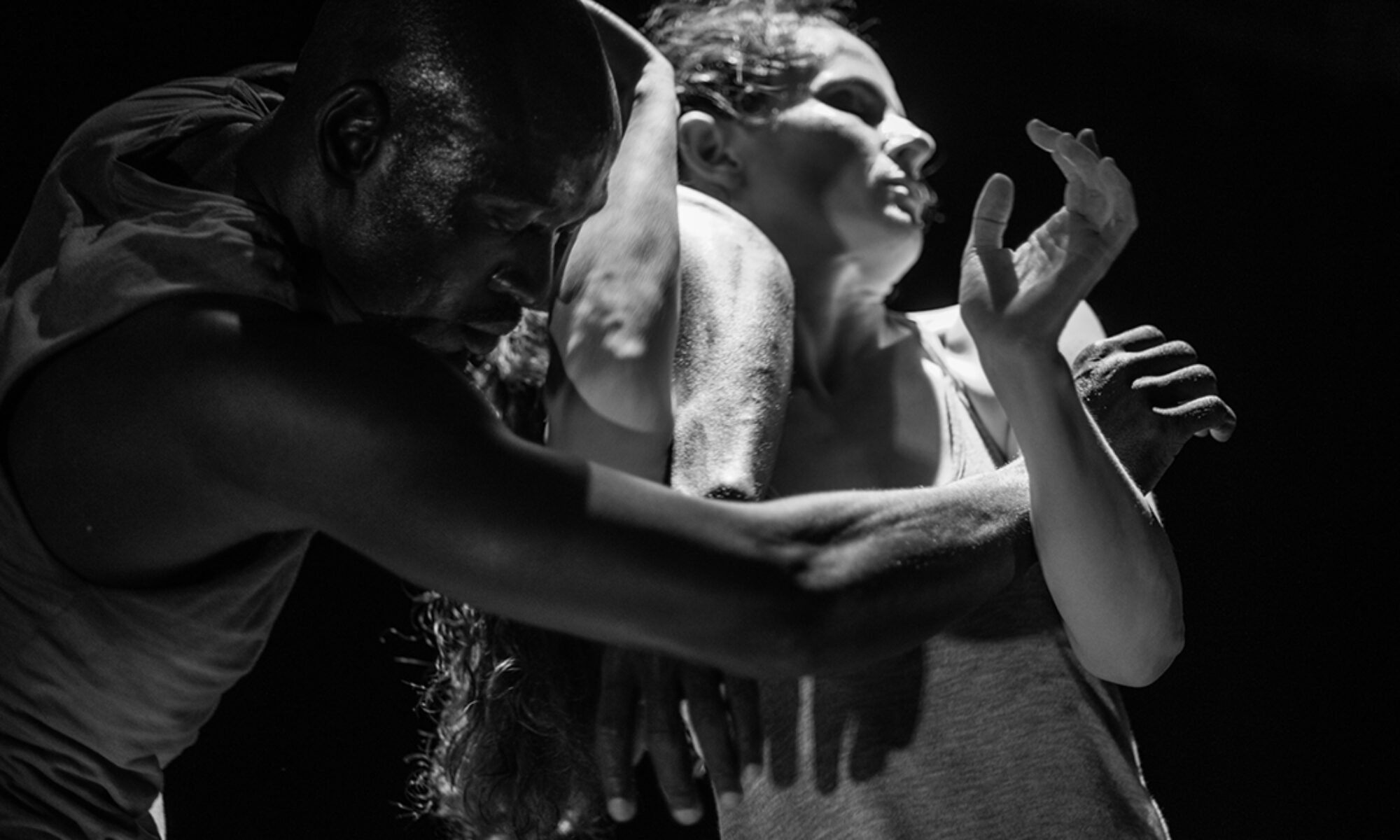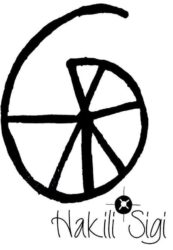See below for student work and research.
Research
Sigini
West African Dance Fundamental Principles: “The Un-taught”
Sigini is the culmination of a perceptive and analytical exploration into the art of dance in
Sub-Saharan Africa, particularly in the region of West Africa. Through years of keen
observation and extensive study of dance across various African countries and festivals, I
have come to recognize a remarkable similarity in the fundamental principles that govern
and enrich the practice of dance in this region and its diaspora.
The invaluable research conducted by Youssouf Tata Cisse on the symbolic representation
of the human body within the Komo society has significantly enriched my understanding
of each of these principles. By delving into the intricate symbolism and cultural
significance associated with the human body in the Komo society, Cisse’s work has
provided profound insights into the depths of these principles.
By adopting a somatic, pedagogical, and philosophical approach, we shed light on the
intricate nature of dance, revealing its kinesthetic essence, its profound connection to
space, and the rhythmic framework that harmoniously encompasses the entirety of the
dance experience.
Fundamental principles. I also use it as workshop description.
A deep inquiry into the principles, philosophy, memory, and knowledge embedded
in traditional dance in West African forms informs the teaching and choreographic work
of Lacina Coulibaly.
This workshop focuses on my ongoing research (Sigini) based on the fundamental
principles of dance in Subsaharan Africa. Sigini is a semantic and pedagogical approach that establishes three principles of conceiving, writing, and sculpting the art of making
dance.
Sigi, the incarnation principle.
Sigi meaning to sit is the foundation and the kinesthetic form of the dance. It allows us to
be centered in ourselves and to be engaged in our kinesthetic space. Sigi is based on the
geometrical structure of the body. The particularity of Sigi is to highlight the suspended
impulse, an up-holding stance, a sustaining of the body which gives rise to its effortless
use and its particularity is to reveal the aesthetic of the dance.
Taama, the relational principle.
Taama meaning to walk is the principle that privileges interaction, relationship, the
connection with oneself, one’s space, or with any other agent existing in the space or in
the imaginary. Taama is based on the logic of the body, the mechanism causing
simultaneously dissociation, opposition, and complementarity of the limbs of the body
which allows us to establish fluidity, articulation of the body. Its particularity is to give life
to the space.
Folisén, the organizational principle.
Folisén meaning rhythm is the universal organizer that allows us to maintain, deepen and
innovate our relationship and engagement in and with space. It is a phenomenon that
permits us to move from uncertainty to rightness. It is the rhythmic structure that
organizes, defines, and rules of the dance; it is the essence itself of the technique of dance
in Africa. Its particularity is to reveal the beauty of the dance and to open the door that
transcends to a deep consciousness where one becomes an eye, an ear, a consciousness
that realizes itself.
The particularity of dance in sub-Saharan Africa is that the dance itself is an exploration of
movement performed in repetition. A process of deepening the movement to go to the
essential. Perfection is not a very sought-after objective but the correctness of the
execution of the movement. It is the very essence of dance.
Lacina Coulibaly
Student Work
Coming soon…

